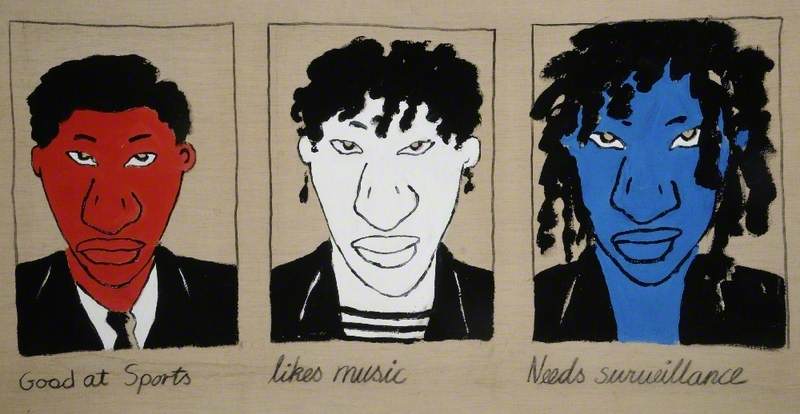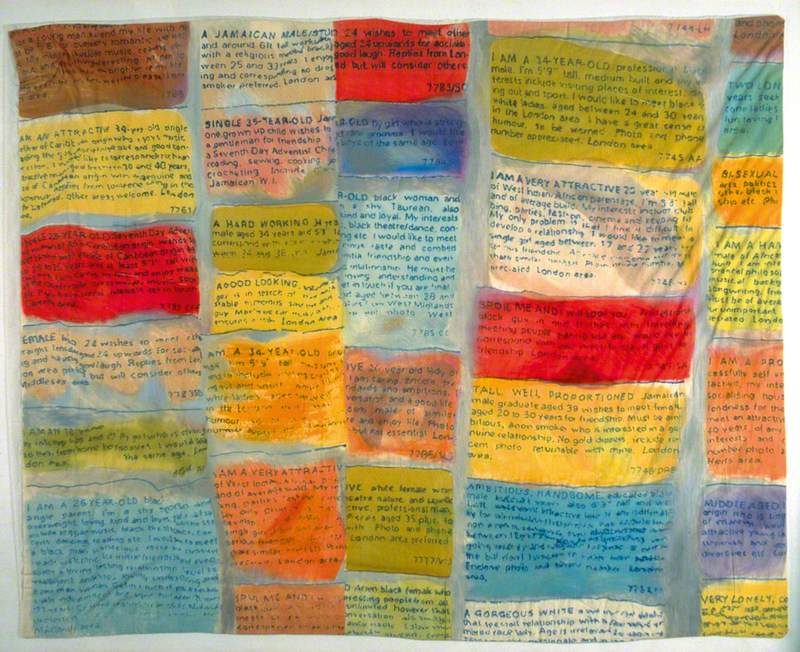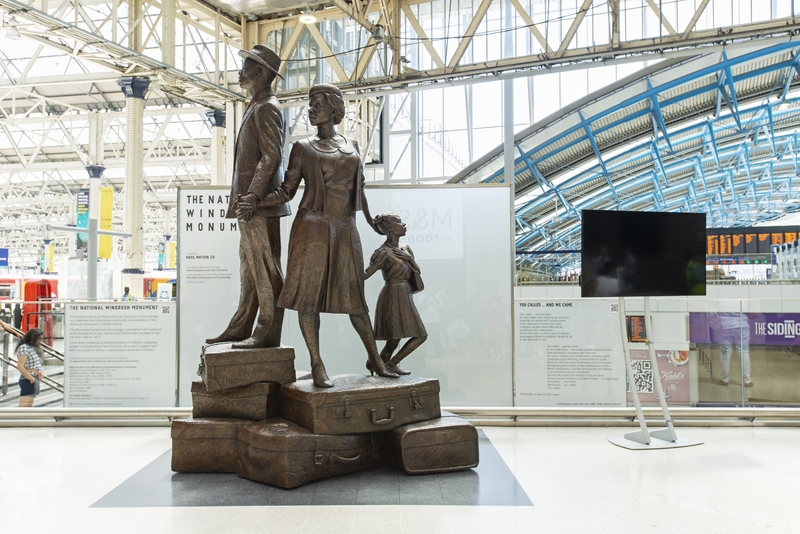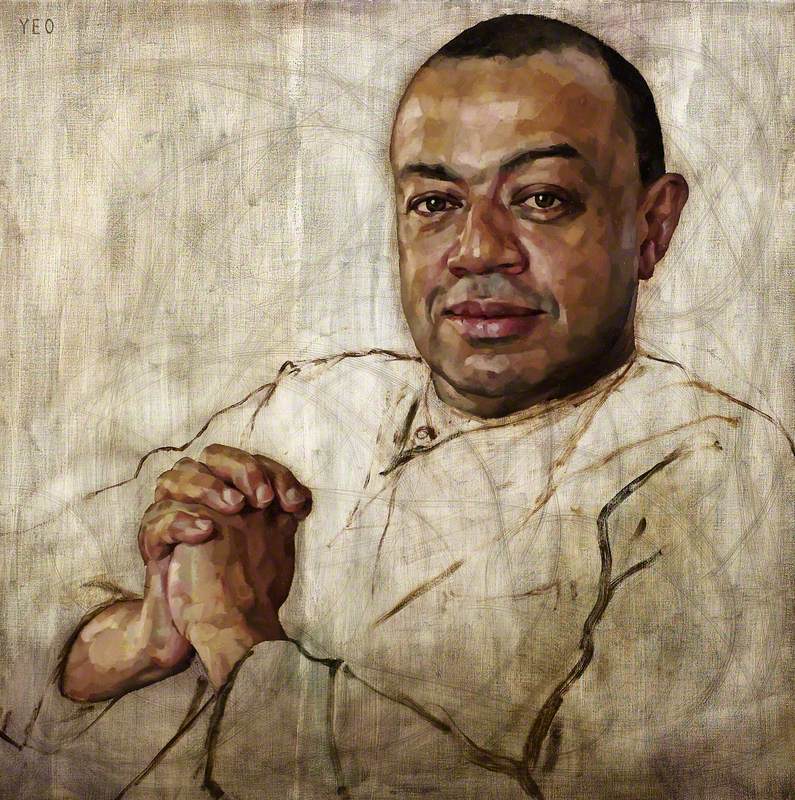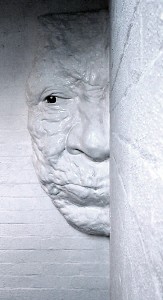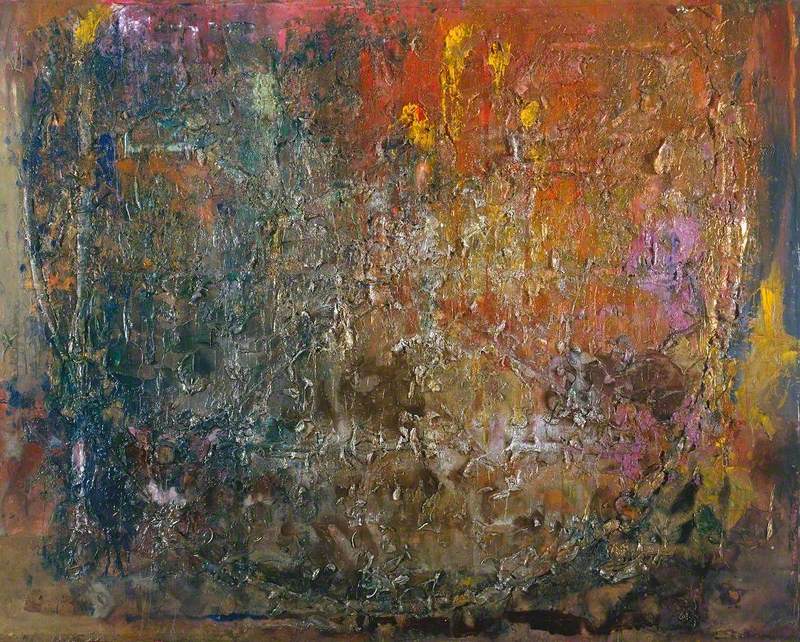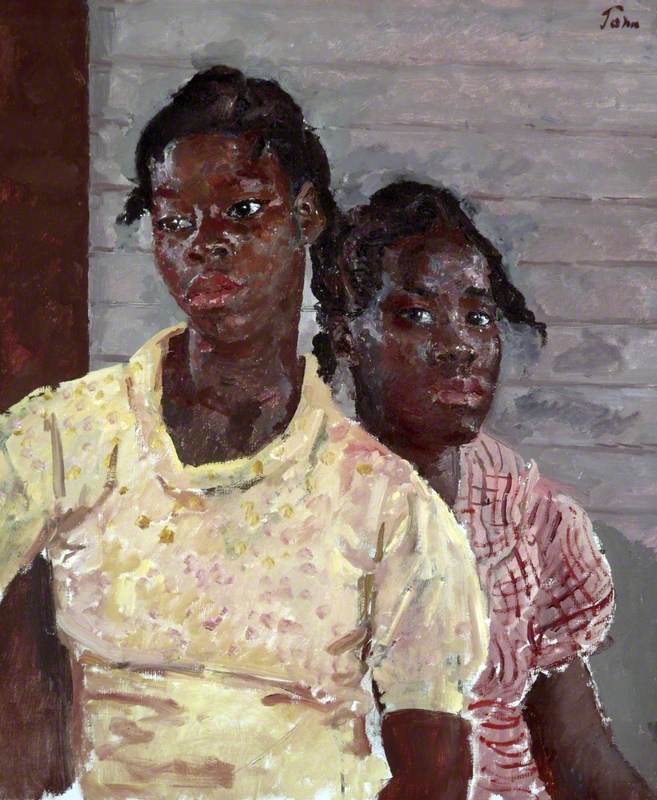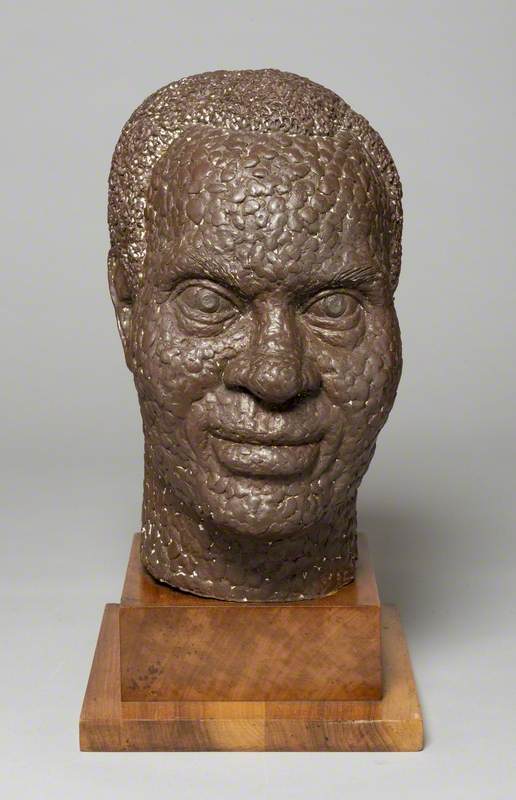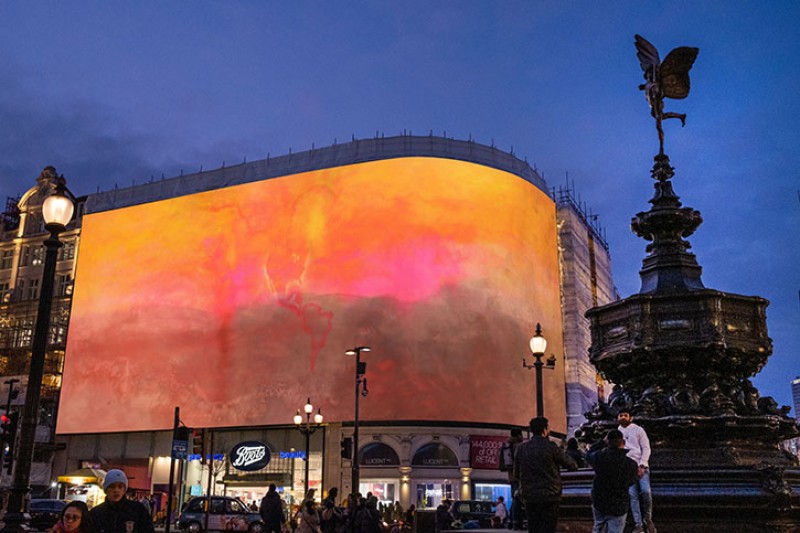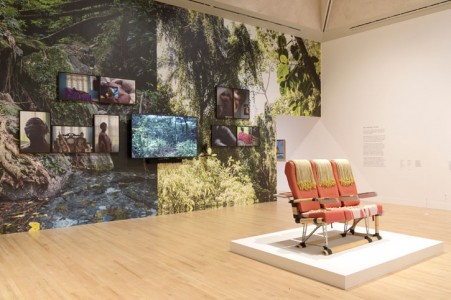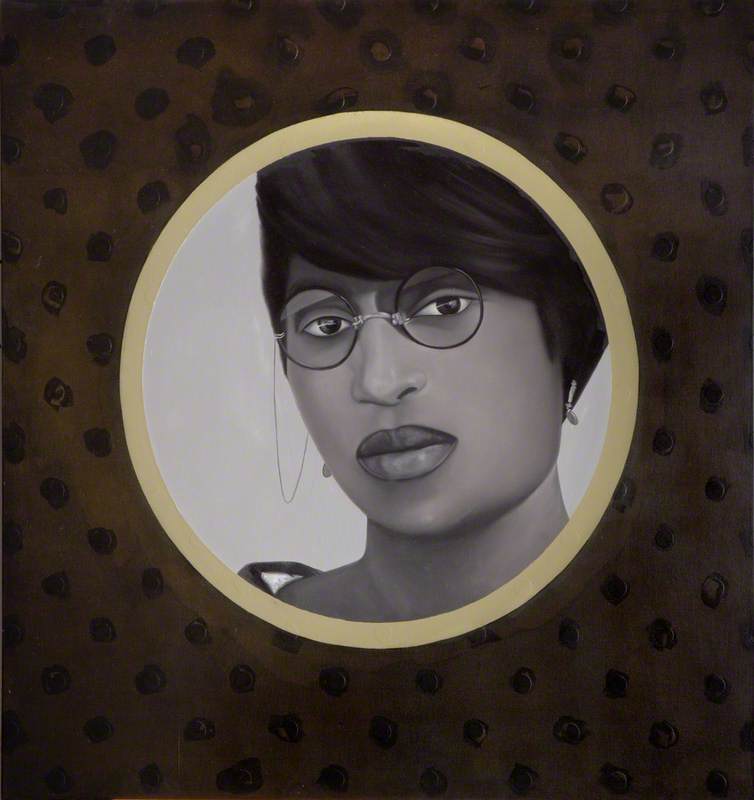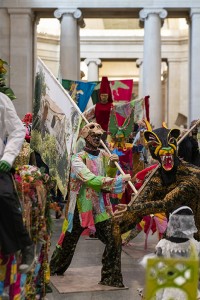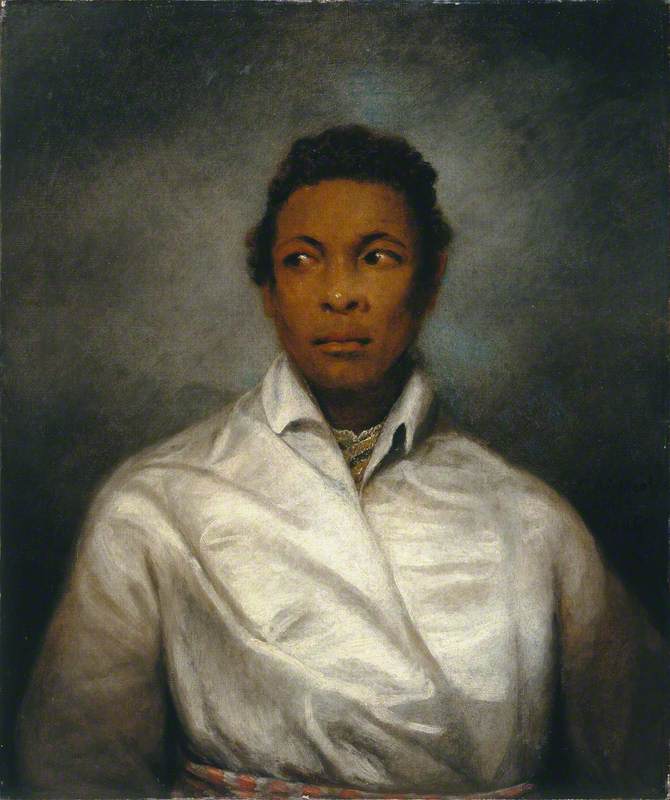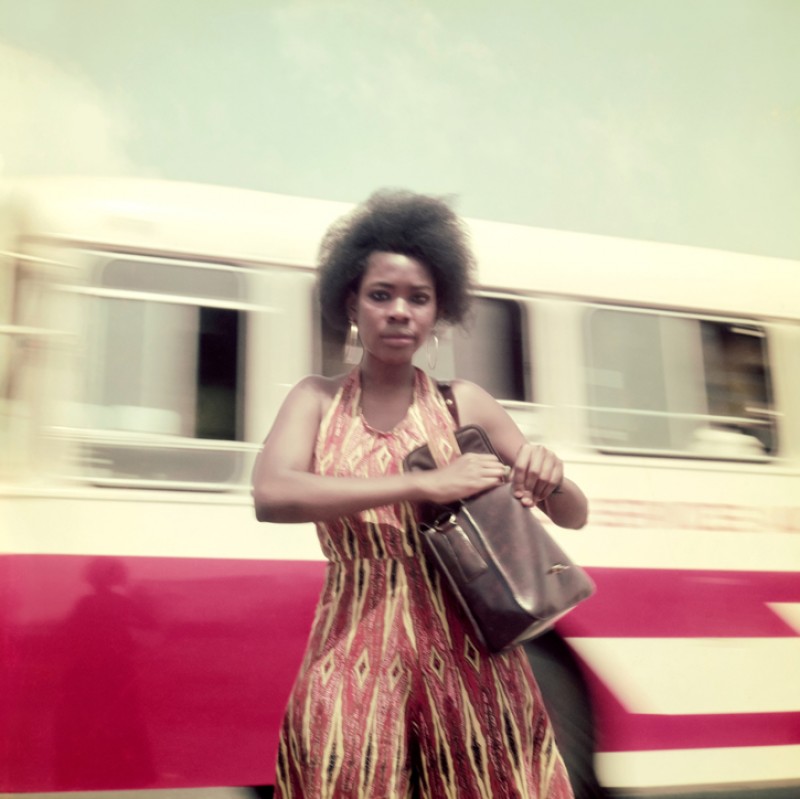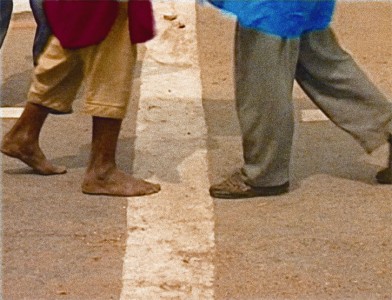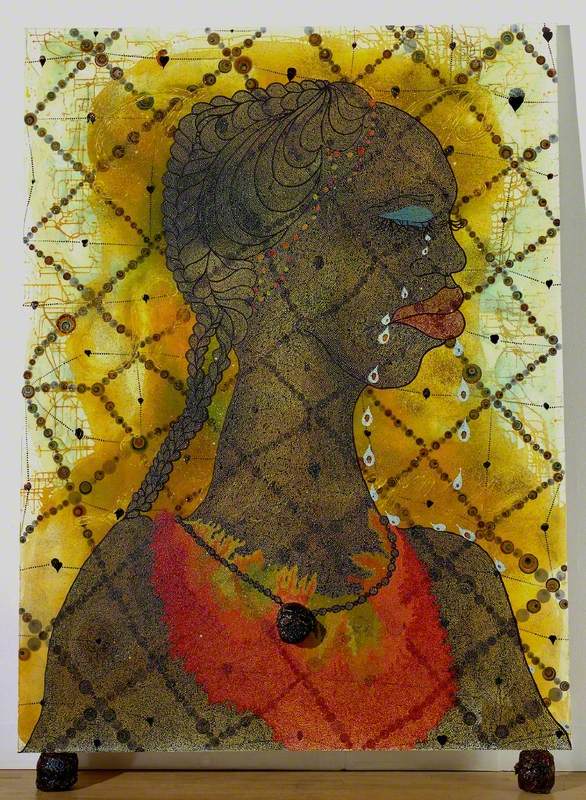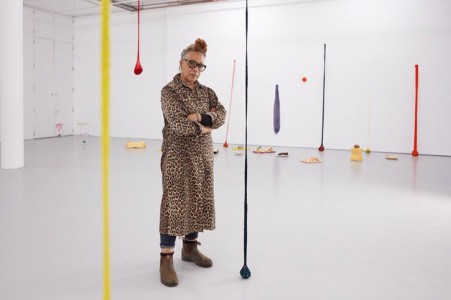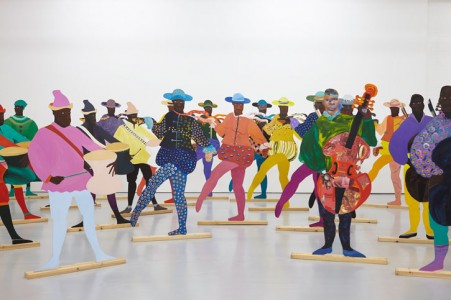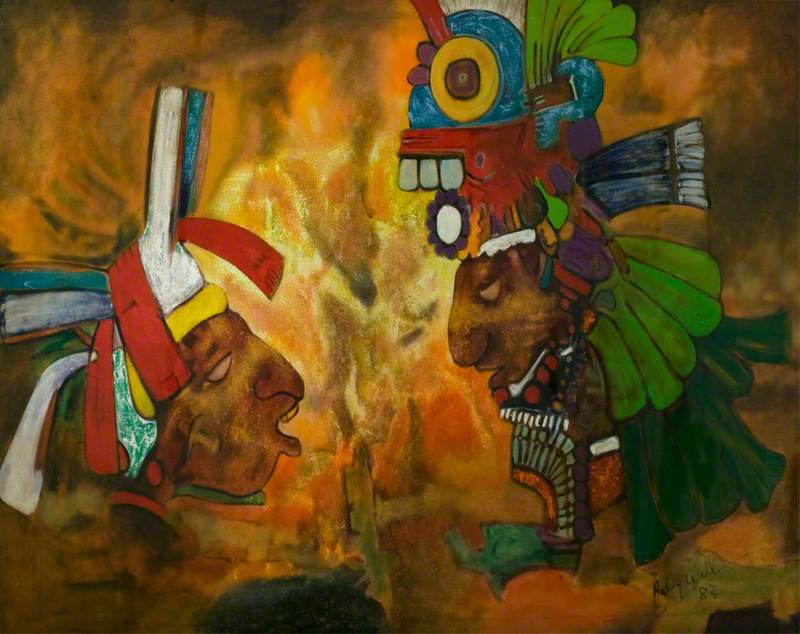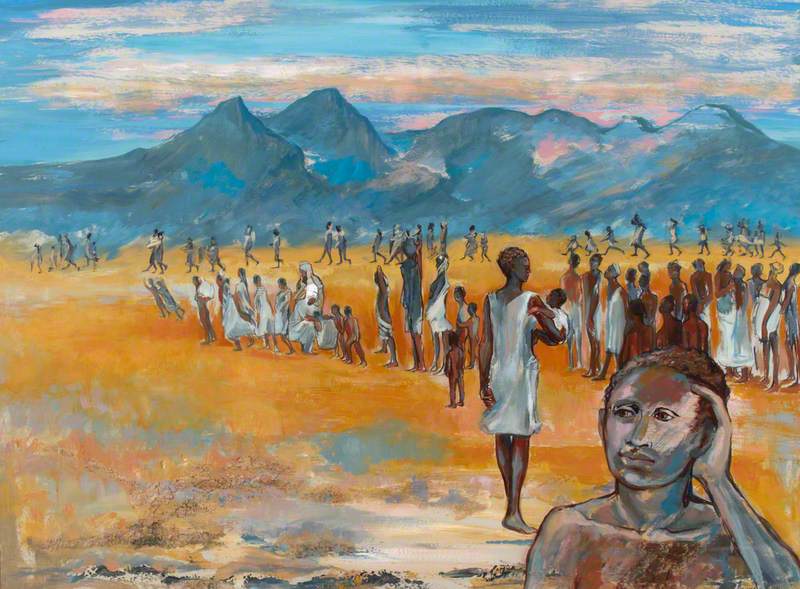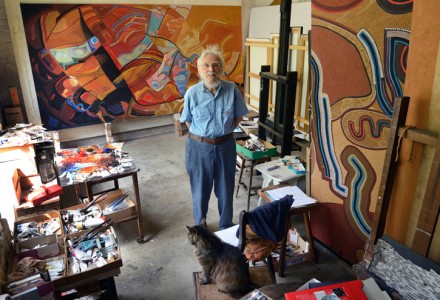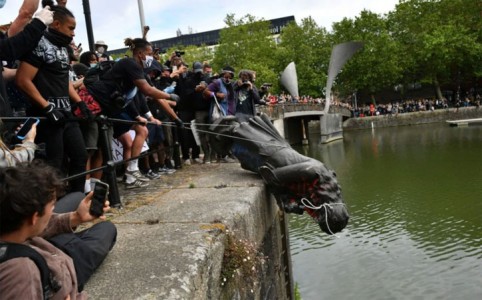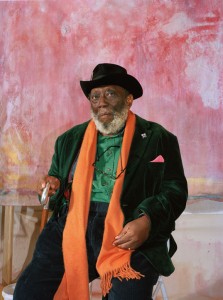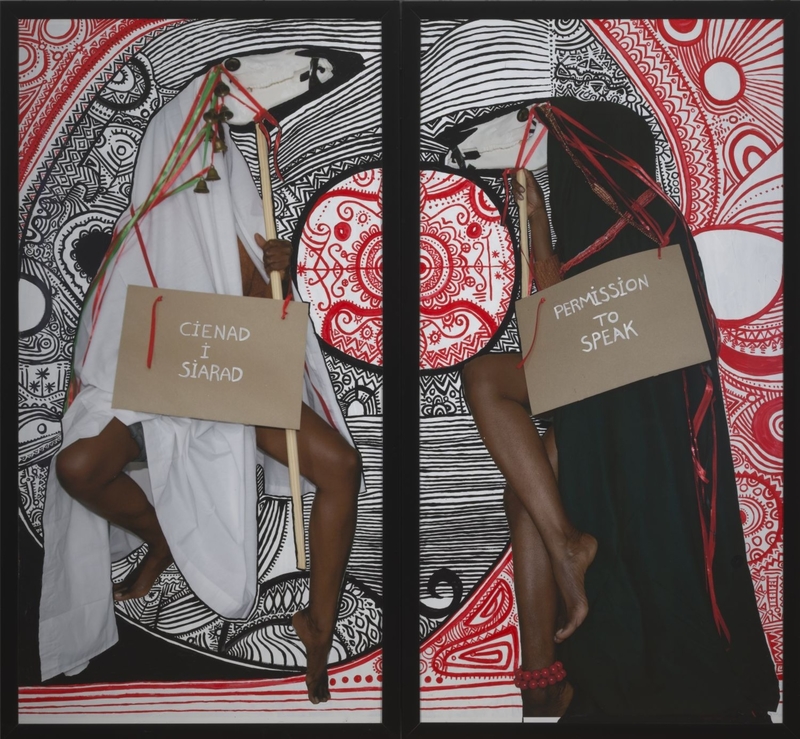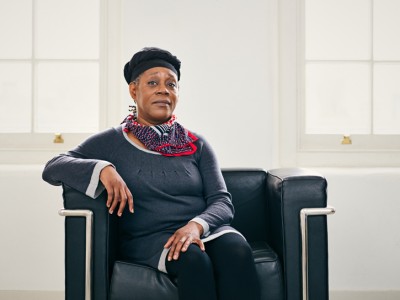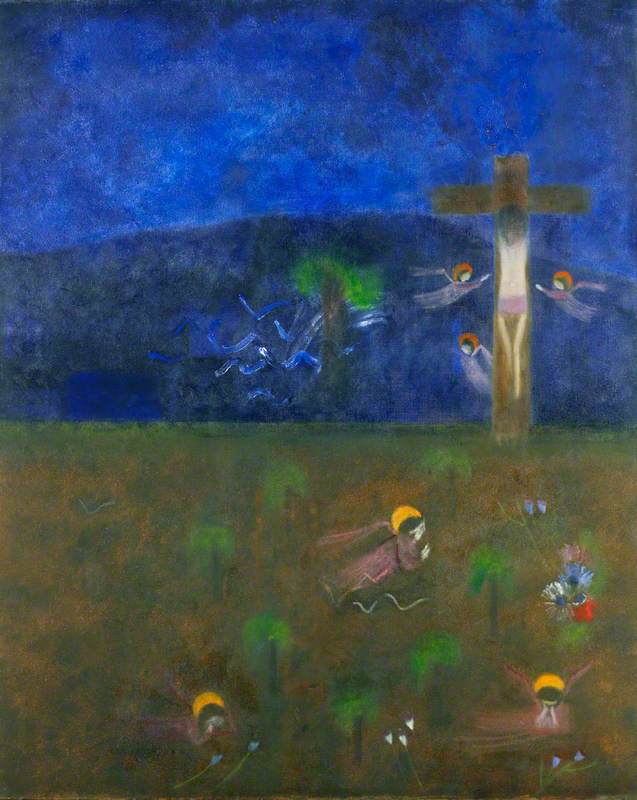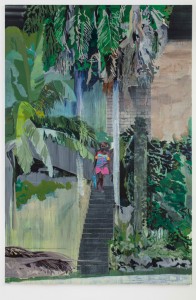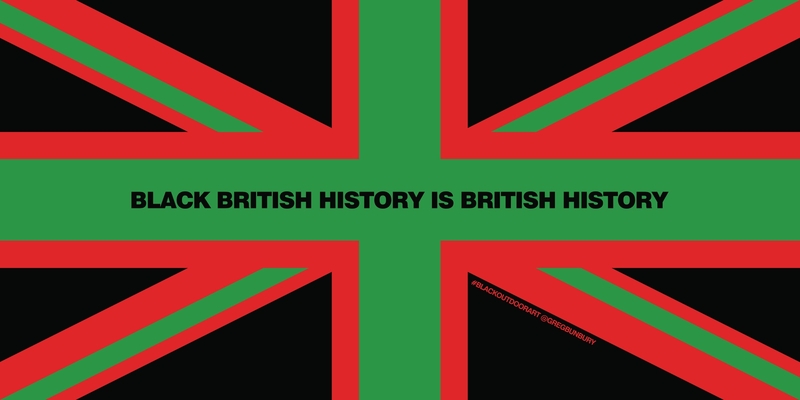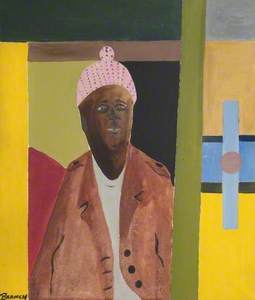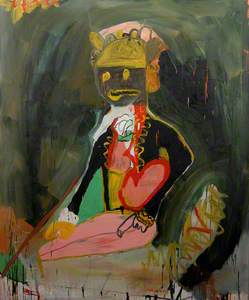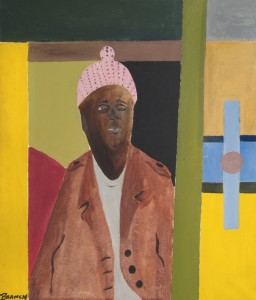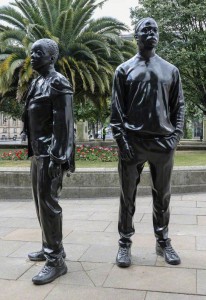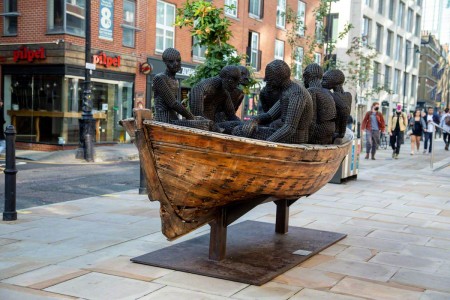22 June 2018 marks 70 years since one of the first large groups of migrants from the Caribbean disembarked at the Port of Tilbury, near London. They were travelling on the HMT Empire Windrush, which had made the journey from Kingston in Jamaica. The British Nationality Act 1948 had just been passed, giving all British subjects connected with the UK or a British colony the status of citizenship of the United Kingdom and Colonies (CUKC status). Before 1962, these citizens could settle indefinitely in the UK without restrictions. In 1948, 802 of the ship's passengers gave their last place of residence as a country in the Caribbean – with most coming from Jamaica.
Commonwealth citizens were asked to come to Britain because of labour shortages following the Second World War. Many sold their land, and left friends and family hoping for a better life. For me, it is always funny hearing about elder Caribbean people's initial reactions upon arriving in Britain, with many always remembering the cold weather and rushing out to buy woolly hats – something they never needed before. This 1973 work by Winston Branch, who was born in Saint Lucia but came to the UK to study at the Slade School of Fine Art, shows a West Indian man, complete with his woolly hat.
The Caribbean migrants who came to the UK in the late 1940s and 50s are often referred to as 'the Windrush generation' after the famous ship. They faced constant overt and institutional discrimination, especially from those in power. Enoch Powell’s infamous 1968 ‘Rivers of Blood’ speech is a prime example of the hostility the community faced. In this triptych, Tam Joseph, who came to Britain from Dominica, illustrates how black bodies – specifically boys – were racially stereotyped in schools. The last self-portrait in the series is blue, possibly signifying how surveillance led to frequent encounters with the ‘boys in blue’. The use of red, white and blue also recalls the colours of the Union flag – a potent symbol of 'Britishness', possibly used here with some element of irony.
Despite this institutional bias, and through much adversity, migrant communities showed great tenacity by working, creating homes and starting families in Britain. Patrick Vernon OBE, the founder of 100 Great Black Britons and a Windrush campaigner, discussed how Britain has failed to recognise these communities' contributions: 'For we need to remember that many aspects of British society today would be unrecognisable without the contributions that immigration and integration have made: from the NHS to the monarchy, our language, literature, enterprise, public life, fashion, music, politics, science, culture, food and even humour.'
In 2018, the Windrush generation has received intense media coverage, as many were being unlawfully repatriated to the Caribbean, despite the right to settle indefinitely in the UK that had been provided by the British Nationality Act 1948. The government has tried to make amends by setting up a task force to work with those affected and it was recently announced there would be a National Windrush Day celebrating the Windrush generation and their descendants. In truth, for the gesture to mean something, cultural institutions need to join this movement, and begin to assess their attitude towards the black diaspora too.
Sonya Dyer previously wrote for Art UK about the lack of the artwork featuring people of colour. She touched upon the exclusion of black artists in museum collections because many were not using paint, a traditional art practice. As highlighted in the V&A exhibition 'Staying Power', many black artists of the time were using photography or audiovisual elements to share their experiences, but it took a long time for many of those artists' contributions to be recognised. The 2016 exhibition 'No Colour Bar: Black British Art in Action 1960–1990' at the Guildhall Art Gallery in London also fought against the notion that black British fine artists did not exist in Britain during their early settlement period. However, from my research, I concluded that black art during this time was generally hidden or ignored unless black artists were needed to participate in multiculturalism-building events such as the 1965 Commonwealth Arts Festival. This is mirrored in similar practices today of only calling upon black artists during Black History Month, simultaneously denying them to participate in all areas of British culture, particularly 'high art'.
This 1992 work by Turner Prize winner Chris Ofili is entitled 'Wanabe'. It could be interpreted as making this point of selective inclusion, with the black figure dressed in 'establishment' (i.e. white) clothing – the figure wants to be part of British culture, but the title suggests that the figure will not be accepted.
For me, art is a vehicle to tell stories, pass down histories while also entertaining audiences or trigger deeper reflections about society. But what happens when communities of colour have been systematically denied that voice or freedom to participate, limiting recognition in this field? Most of the time, collective, DIY movements are formed.
In response to lack of opportunity for Caribbean artists, writers and those with other creative disciplines, the Caribbean Artists Movement (CAM) was formed in 1966 by Barbadian poet and academic Edward Kamau Brathwaite in his London flat. The CAM had a variety of notable members including Stuart Hall, C. L. R. James, Paul Dash and Errol Lloyd. The next collective of black artists would take form as the British Black Arts Movement founded in 1982 by Keith Piper, which included curators and artists such as Sonia Boyce, Lubaina Himid and Marlene Smith. Contemporary black art collectives include BBZ, a queer trans people of colour collective addressing accessibility in the arts, the Women of Colour Index, a reading group aiming to improve the visibility of women of colour, and the platform I founded – Black Blossoms, highlighting the voices of black women and non-binary folk in the arts and creative industries.
Although these movements are great and celebrate voices that have been traditionally marginalised, I would say to curators and those acquiring art on behalf of institutions: you need to start to assess your collections and fill in the missing gaps of history. Work with emerging art influencers in non-tokenistic ways. Ringfence budget for the purchasing of British, non-white art. Diverse collections can improve diverse audiences, and this will build trust in communities that their histories are present and reflected in art collections. Don't wait another 70 years.
Bee Tajudeen, Founder of Black Blossoms and UAL graduate

